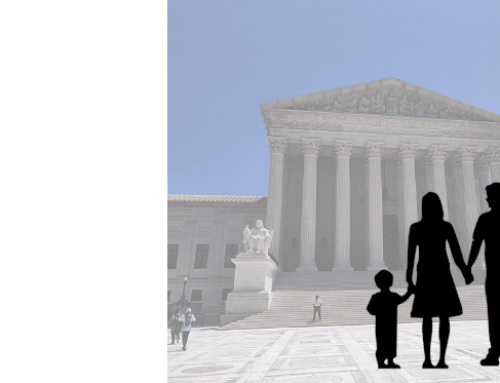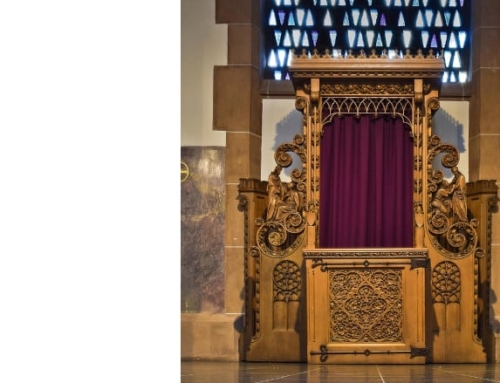The Pew Research Center recently released extensive survey data on marriage and the family that yielded some conflicting results. On the one hand, the public is worried about the current state of affairs, but on the other hand it appears they don’t fully understand why.
When asked about the future of the country, 40 percent said they were very or somewhat pessimistic about the institution of marriage and the family; only 25 percent were very or somewhat optimistic. One reason for this is that one-in-two Americans hold a negative view of the trend toward few children being raised by two married parents.
It is also true that many more take a negative attitude than a positive one about fewer people getting married. This may explain why 41 percent say they have a negative view about the future of the Social Security system; only 23 percent have a positive view.
We know, for example, that 90 percent of the money used to pay for Social Security payments today are collected from payroll tax contributions and reimbursements from the General Fund of the Treasury. This means that seniors, who are the largest age demographic group, are dependent on a relatively small pool of contributors. Declining birth rates have severe economic consequences.
There are several disturbing signs that suggest the public has not come to terms with their concerns over the future of marriage and the family.
When asked about people having fewer children, the public is evenly split: 27 percent have a negative view and 25 percent take a positive view. As for couples living together before getting married, only 29 percent disapprove; the majority (55 percent) say it is neither a positive or a negative thing.
What is more important, having a job or career that is enjoyable, or having children? The results are not even close: 73 percent choose the former and only 26 percent the latter. What about “open marriages,” where both spouses agree they can date and have sex with other people? Fully one-in-three say it is okay; half are not. Among those 18-to-29, a majority (51 percent) are fine with it.
These findings are the summarized results as reported by Pew. Perhaps the most interesting aspect of these surveys is what Pew decided not to highlight.
Digging deeper into the data, it is revealing that Pew mentioned the age demographic in reference to views on “open marriages,” but not the one that tapped sexual orientation. The fact is that no demographic group is more enthusiastic about allowing spouses to mutually cheat than those who are lesbian, gay or bisexual: 75 percent say it is okay.
So why didn’t Pew highlight this instead of the age demographic? It clearly has an interest in protecting gays.
We know from the work of sociologists Philip Blumstein and Pepper Schwartz that most gays (82 percent) cheat on each other. So it is hardly surprising that they are okay with “open marriages.” They have a hard time practicing fidelity.
Overall, data like these indicate that a strong anti-natalist strain is evident in the country. Radical individualism is clearly the greatest single threat to family stability, and has been since the 1960s. The heyday of strong American families was the 1950s, when most married young, had relatively large families, and stayed married.
So while Americans are worried about the future of marriage and the family, their penchant for individualism, and in some cases narcissism, leaves them a conflicted lot.
In general, the survey findings show that religious Americans are more likely to put family interests above the interests of the individual; the religiously unaffiliated are just the opposite. Consequently, the decline in religious beliefs and practices (religiosity) figures prominently in this discussion.
Without a restoration of religiosity, the prospects for building strong marriages and families are not auspicious. The clergy need to speak to these issues more than they have in the past. They need to help the faithful connect the sociological dots.







